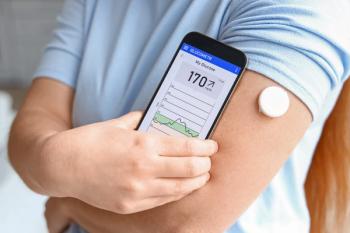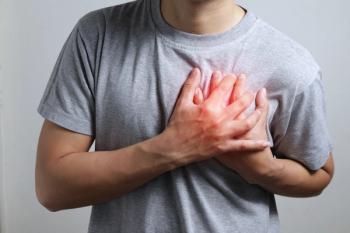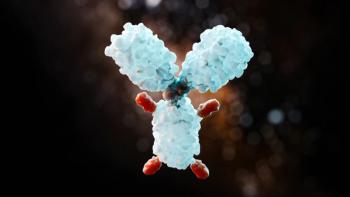
Optimal, Suboptimal Sun Protection Behaviors Among Long-Term Melanoma Survivors
Melanoma survivors more likely to limit sun exposure than individuals without a history of skin cancer.
Melanoma cancer survivors are more likely to have optimal protection behaviors compared with individuals without a history of the deadly skin cancer, according to a study published in Cancer Epidemiology, Biomarkers & Prevention. However, intentional tanning and getting sunburns were also reported among survivors.
The National Cancer Institute’s Surveillance, Epidemiology, and End Results Program estimated 76,380 diagnosed melanoma cases in 2016. It is the sixth most common cancer in the United States.
For the study, investigators compared sun exposure and protection behaviors in long-term
The participants were also asked to report the number of red or painful sunburns in the past year, and whether they had used a tanning bed or booth in the past year.
Included in the study were 724 melanoma survivors and 660 controls. All participants were aged 25 to 59 years, and survivors had been diagnosed with invasive cutaneous melanoma between July 2004 and December 2007.
The results of the study showed that overall, survivors were more likely to report optimal sun protection behaviors compared with the control group. In the cancer survivor arm, 34.3% reported spending 1 hour outside on summer weekdays compared with 44.4% in the control arm.
There were 19.5% of survivors who reported having a sunburn in the previous year compared with 36.5% of controls. Furthermore, 19.5% of survivors reported using a tanning bed or booth in the previous year compared with 6.8% of controls.
Among survivors, 61.9% reported often or always wearing sunscreen compared with 38.4% of controls.
Unfortunately, there were reports among melanoma survivors of suboptimal behaviors. Nearly 20% said they had been sunburned in the year prior, and on the weekend, sun exposure was roughly equal between the 2 groups, with 74.8% of survivors and 79.9% of the controls spending more than 2 hours outside, according to the study.
“At a time when rates of many cancer types are declining, the rising incidence of melanoma is worrisome,” Vogel said. “People who have survived melanoma are at high risk of another diagnosis, so reducing exposure to sun is really crucial.”
Melanoma is the deadliest form of melanoma and incidence has risen steadily over the past 30 years.
Vogel spoke with individuals diagnosed with melanoma, and found that many survivors expressed the desire to just live their lives, exercising, socializing outdoors, and playing with their children. According to Vogel, in most cases, the participants had been diagnosed with stage 1 disease, which is easily treatable and has a 5-year survival rate of 98%.
“Because an early-stage melanoma diagnosis and treatment was likely a fairly minor experience for most survivors, they might not understand how serious an illness this is,” Vogel said. “Survivors of melanoma have a nearly 9-fold risk of developing melanoma again, and they can reduce that risk if they make sun protection a priority.”
Study limitations were that data on secondary primary melanomas were not available for all participants and there was a possibility that some subjects over-reported their sun protection behaviors.
Newsletter
Stay informed on drug updates, treatment guidelines, and pharmacy practice trends—subscribe to Pharmacy Times for weekly clinical insights.
















































































































































































































